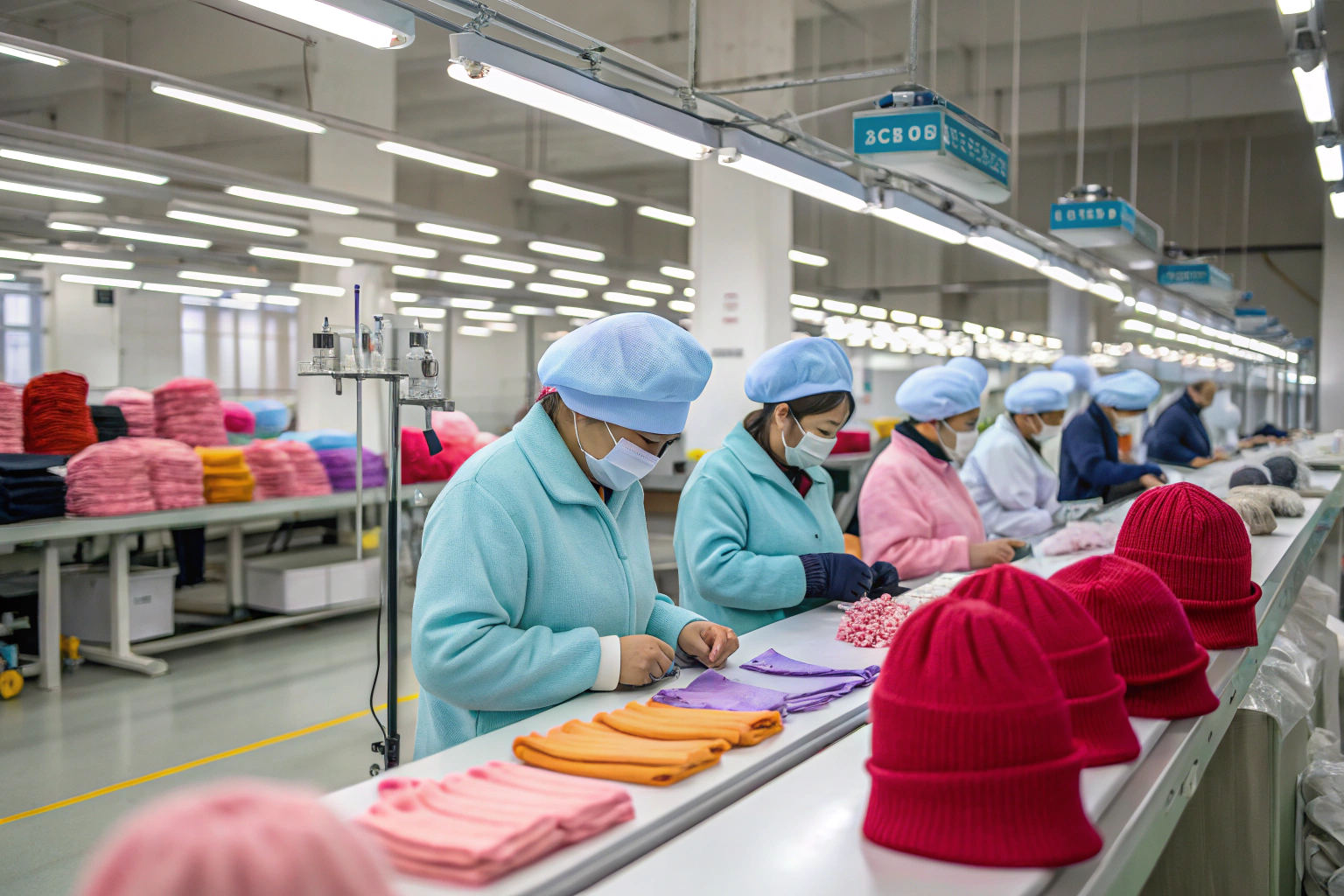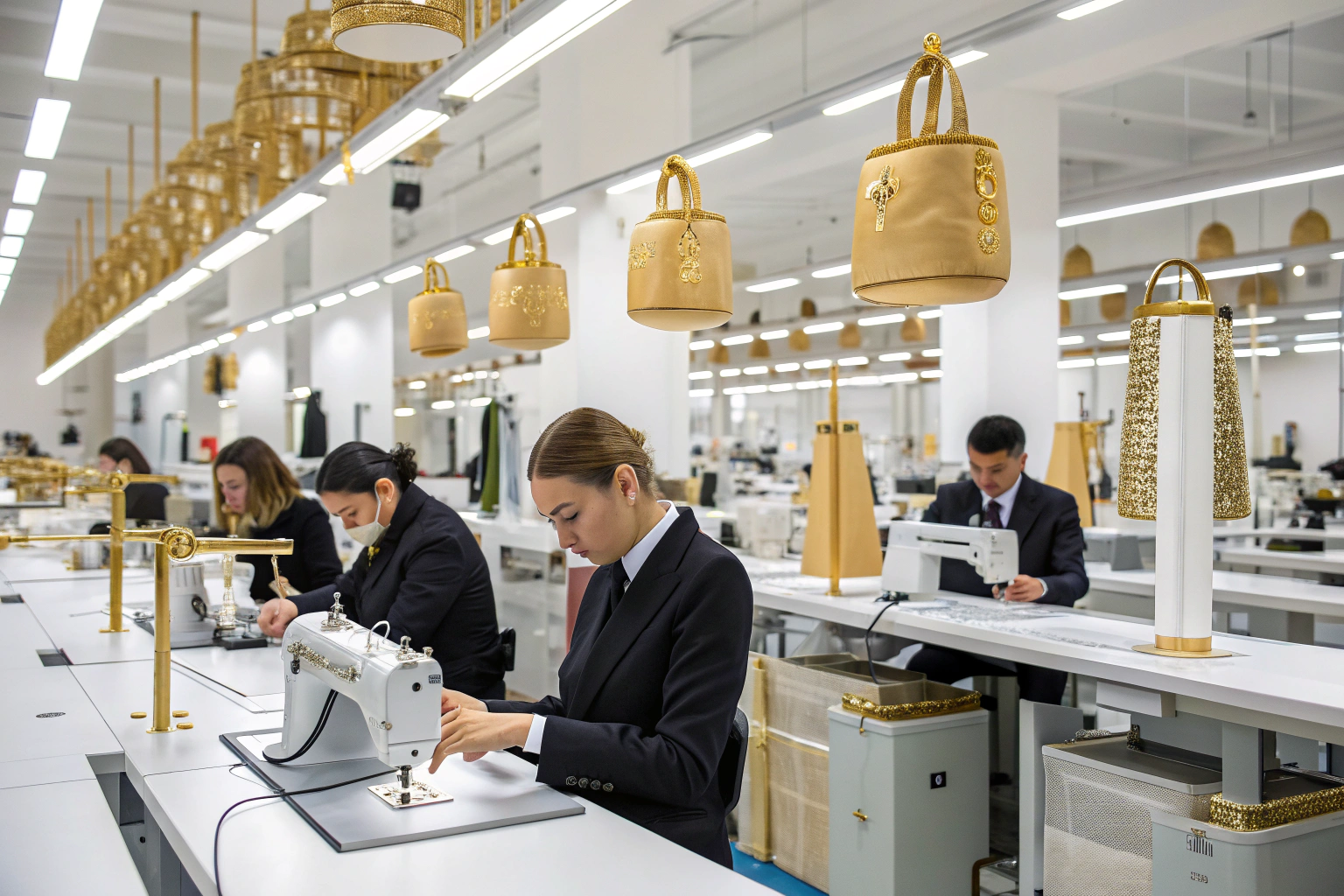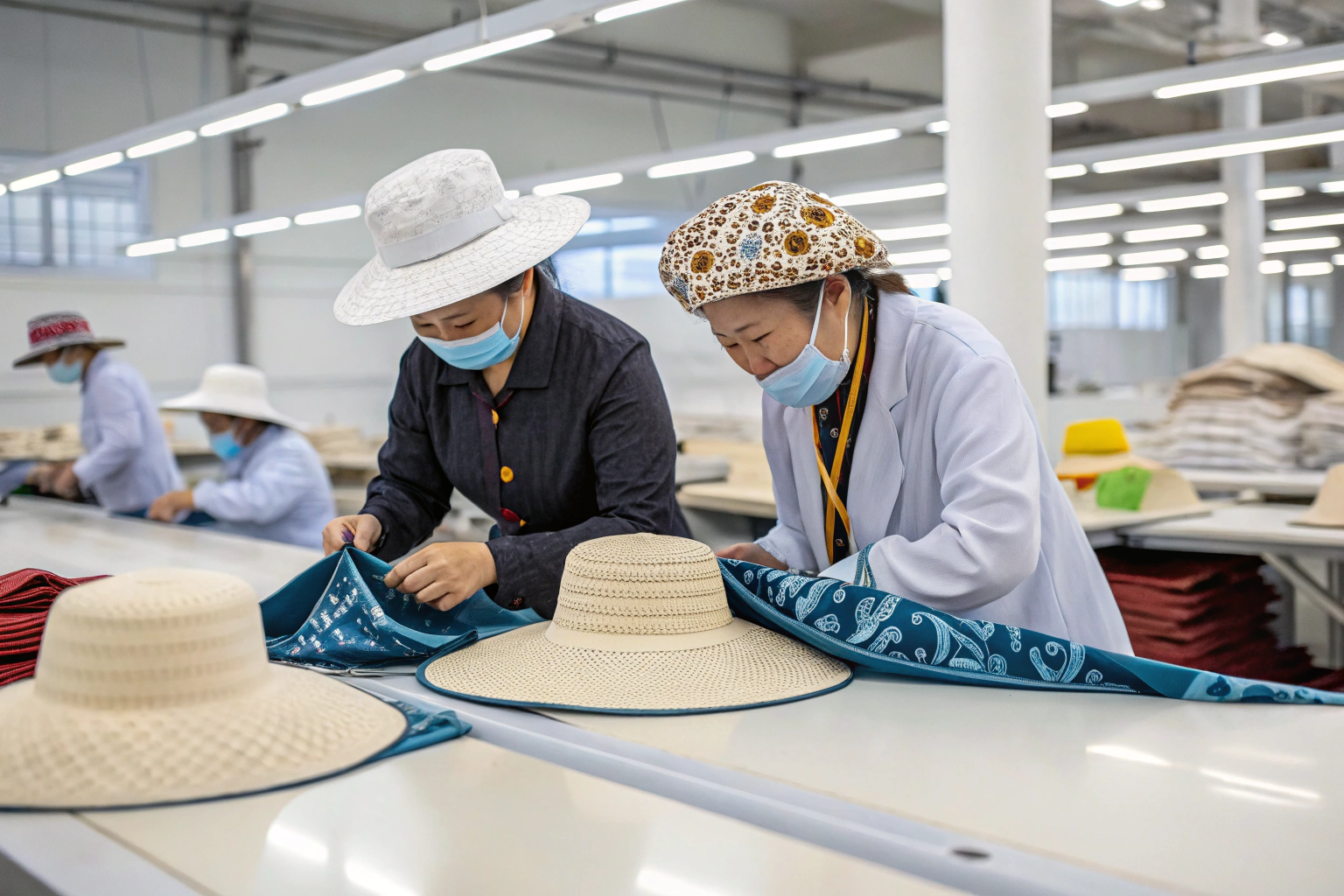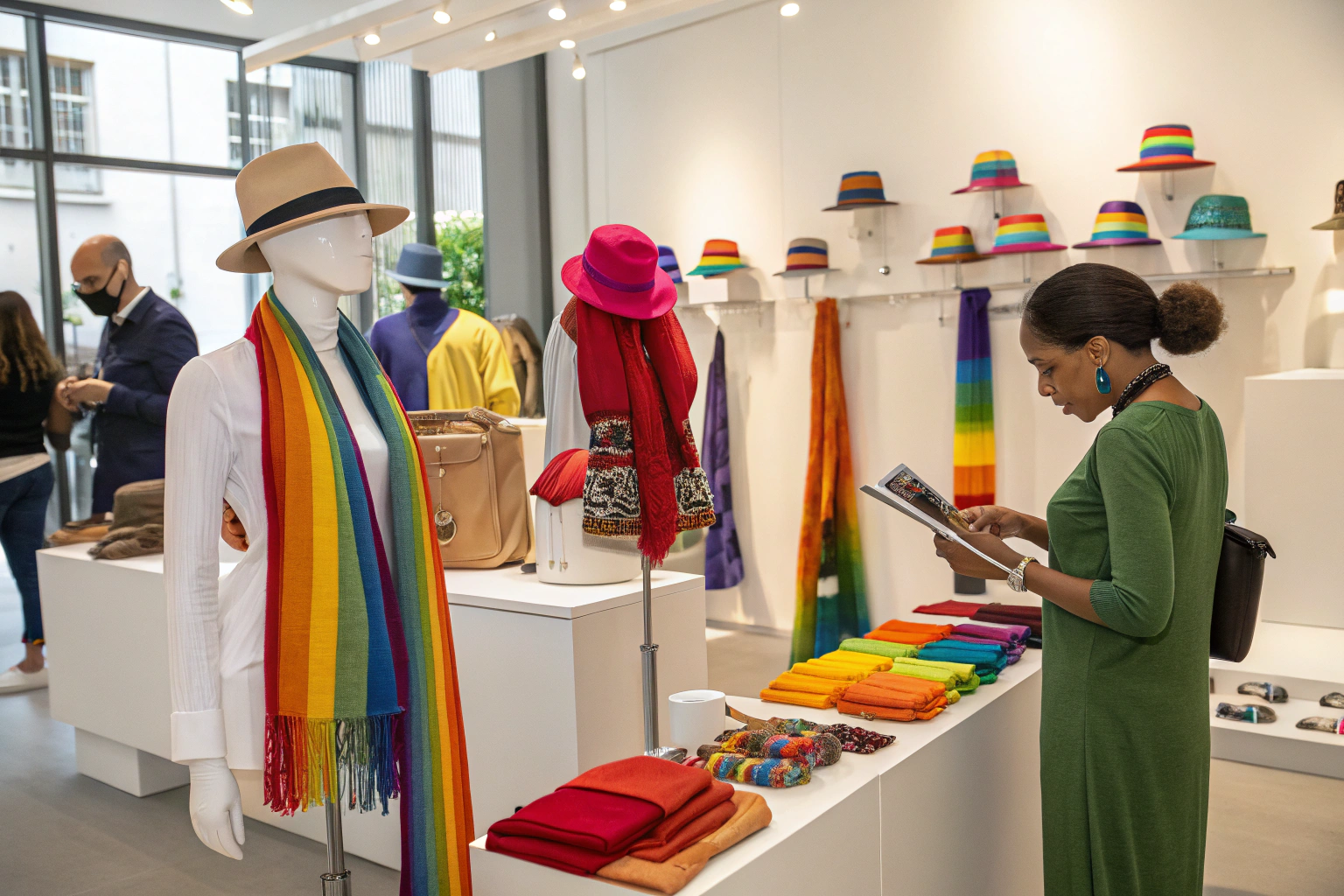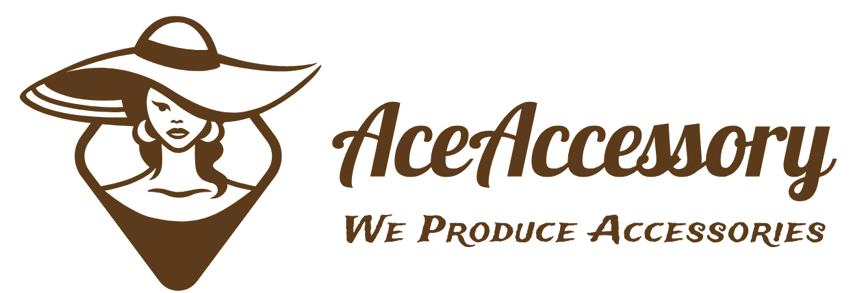When I started sourcing accessories for my brand, I noticed that many customers used “headband” and “hairband” interchangeably. But once I dove into product development, I learned there are actual differences between the two—especially in style, function, and customer expectation.
While often used synonymously, a headband typically refers to a wider, fashion-focused accessory worn over the head for both style and function, while a hairband usually refers to a narrow, elastic-based band used to tie hair back or manage flyaways.
Understanding these subtle but important differences can help you choose the right product for your needs—or source the right item for your customers.
Headbands vs. Hairbands: Key Design Differences?
The terms are often confused, but if you look closely at the structure and purpose, they serve different needs. So what really sets them apart?
Headbands are structured accessories designed to sit over the head, often with wider bands, fabric, or embellishments. Hairbands, on the other hand, are usually slim, elastic, and used to hold hair in a ponytail or bun.

Feature Comparison:
| Feature | Headband | Hairband |
|---|---|---|
| Primary Purpose | Style + hair control | Functional hair tie |
| Material | Fabric, plastic, padded, wire | Elastic, rubber, fabric-wrapped |
| Design Width | Often wide (1–3 inches) | Slim (0.25–0.5 inches) |
| Common Types | Padded, knotted, turban, sports | Ponytail elastics, scrunchies |
| Position | Worn across top of the head | Wrapped around hair shaft |
Visual Style:
- Headbands = visible, often decorative
- Hairbands = subtle, hidden under the hair
Understanding these nuances helps with both fashion choices and product labeling in retail or e-commerce settings.
Best Uses for Each Accessory?
When I started pairing accessories with outfit themes, I realized different styles worked best for different tasks. So what’s the ideal use case for each?
Headbands are ideal for fashion statements, taming flyaways, or keeping hair out of the face. Hairbands are best for tying up ponytails, buns, and braids, offering hold without the bulk of a visible band.

Best Situations for Headbands:
- Workouts: Sweatbands or sports headbands
- Fashion Looks: Knotted velvet or pearl-accented bands
- Hairline Control: Keeps baby hairs and edges smooth
- Events/Photoshoots: Adds flair to a hairstyle
Best Situations for Hairbands:
- Ponytails or buns: Quick hold with minimal bulk
- Sleepwear: Soft hairbands for low-tension nighttime hold
- Braiding sessions: Keeps sections separate
- Heat styling prep: Ties off sections neatly
In practice, I usually wear a hairband to secure my hair, then add a stylish headband on top.
2024 Style Trends for Both Types?
Trends come and go, but this year, headbands and hairbands are evolving fast—especially in K-fashion, festival style, and soft glam aesthetics. So what’s hot right now?
In 2024, oversized padded headbands, ruched satin styles, and minimalist neutral tones dominate headband trends, while pastel-colored scrunchies, spiral hair ties, and printed silk bands lead hairband fashion.

Trending Headband Styles:
| Style | Details |
|---|---|
| Puffy Padded Bands | Oversized, retro-inspired |
| Ruched & Pleated | Silk or satin textures |
| Pearl-Embellished | Formal or wedding use |
| Knotted Top Bands | Boho or vintage vibes |
Trending Hairband Styles:
| Style | Details |
|---|---|
| Pastel Scrunchies | Soft cotton, velvet, or satin |
| Printed Silk Hair Ties | Luxury style, knot-on finish |
| Telephone Coil Bands | Durable, no-crease function |
| Velcro Wrap Bands | Adjustable for all-day wear |
I always look for styles that align with seasonal trends—earth tones in fall, florals in spring, and luxe textures during winter holidays.
How to Choose Based on Hair Type?
Some accessories just don’t work for certain hair types—I learned this the hard way with a band that slipped off every five minutes. Choosing the right piece depends on texture, length, and styling goals.
For thick, curly, or textured hair, opt for wide, grippy headbands and larger, no-pull scrunchies. For fine or straight hair, go for flexible, narrow headbands and satin-lined hairbands to reduce breakage.

Hair Type-Based Recommendations:
| Hair Type | Best Headband Option | Best Hairband Option |
|---|---|---|
| Thick / Curly | Wide elastic or padded fabric bands | Large scrunchies, coil ties |
| Fine / Straight | Narrow bands with soft lining | Satin-covered elastic bands |
| Short Hair | Thin plastic or wire-frame bands | Mini scrunchies or clips |
| Textured / Coily | Stretchy turbans, edge-control bands | No-pull fabric elastics |
Things to Consider:
- Avoid tight plastic bands for sensitive scalps
- Use non-slip silicone grip bands during workouts
- Pick seamless bands to prevent hair breakage
By offering the right product match, I improved both customer satisfaction and return rates in my accessory business.
Conclusion
While the terms “headband” and “hairband” are often used interchangeably, they serve different purposes in both fashion and function. Whether you’re looking to hold hair back during a workout or accessorize for an event, understanding the design, trends, and ideal hair type for each will help you choose the perfect piece every time.


